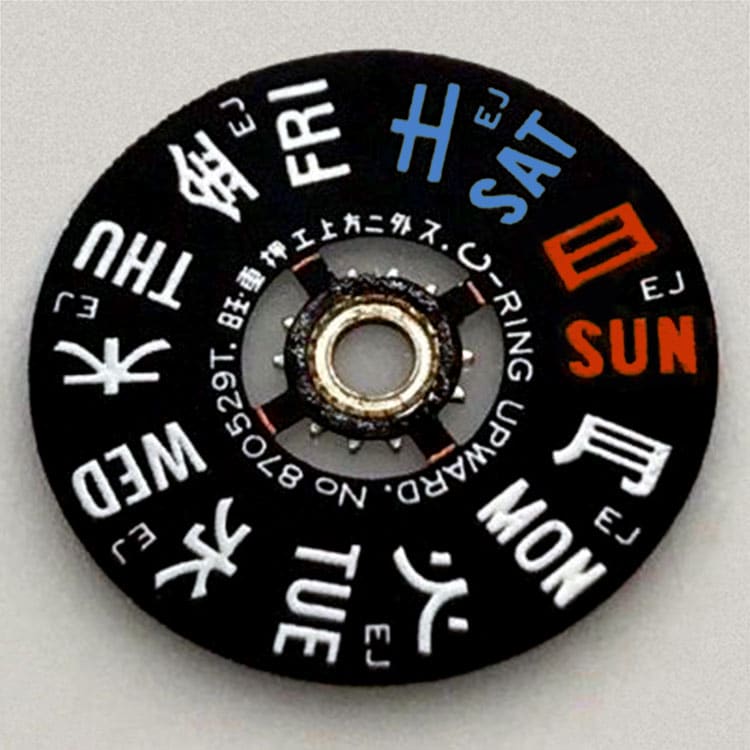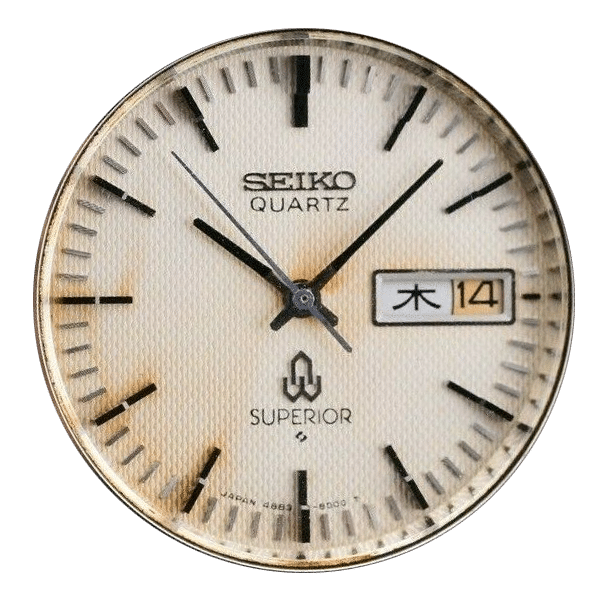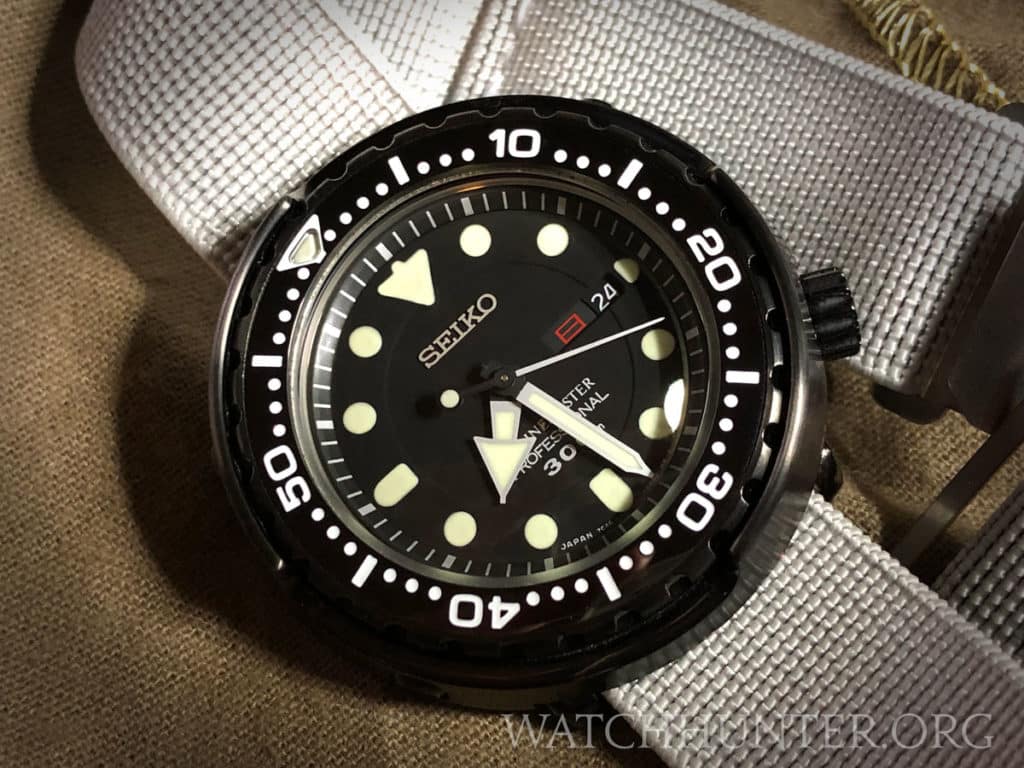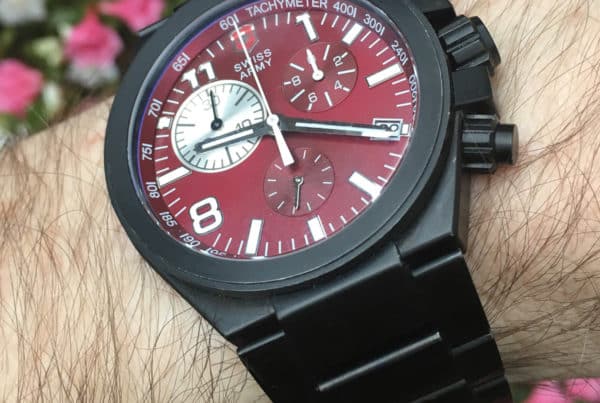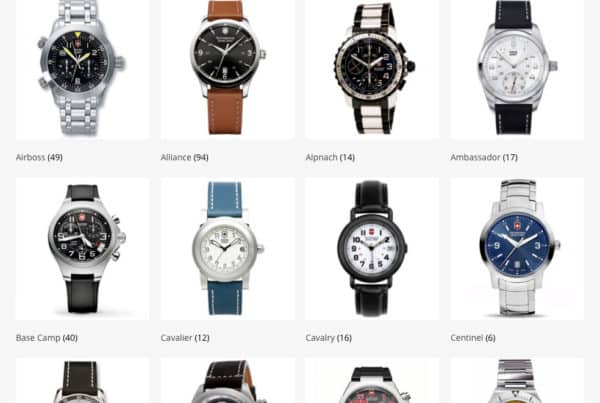If you own a JDM Seiko watch, then it likely uses Japanese kanji script for the DAY-OF-WEEK complication. While many English-speakers choose the English DAY-OF-WEEK setting for practicalitty, some watch wearers like the authentic look of the Japanese pictographic symbols showing on the dial. Really, is there anything more natural on a Seiko? The one problem is, that kanji looks like scribbled lines to most untrained western eyes. That is why I put together this quick guide on how to set your Seiko watch using the Japanese kanji script.
If none of this makes sense, allow me to give you background on how the DAY-OF-WEEK complication works on a Seiko watch. We live in a world with multiple languages. Seiko and other watch manufacturers have figured out a way to create one watch with two language possibilities for the DAY-OF-WEEK. As you can see below, both English and Japanese appear on the DAY-OF-WEEK wheel.
Call this Seiko’s sense of national pride or maybe awareness of their markets. Seiko sells a lot of Japanese Domestic Market (JDM) watches and for that home audience, a kanji DAY-OF-WEEK marker would be preferable. Seiko also exports thousands of watches around the world, including the United States where English would be preferred. Seiko has made a watch that could be sold in both markets. The watch wearer has a choice between English or Japanese because of the bilingual day-disk. Owners will likely choose the language that they speak, however, some will use the Japanese DAY-OF-WEEK option because it looks so cool.
Knowing how to set the day and date on a watch is useful. Once you know the process, you will be able to set practically any watch that you want. The steps are the same whether you are setting the DAY-OF-WEEK in English or Japanese. Refer to your watch manual for the specifics, which might include pulling the crown to the 2nd position and rotating the crown clockwise to set the DAY-OF-WEEK and counterclockwise to set the date (depending on the movement).
The tricky part for most Westerners if picking the correct kanji script for the DAY-OF-WEEK. If one cannot easily recognize the symbol for the DAY-OF-WEEK, then how can one set it? It is arguable that if you do not know how to read kanji, then you probably should not be setting your watch day with it. I kind of agree with that argument, but this could be an opportunity to learn the DAY-OF-WEEK in another, somewhat exotic language. You’ll have to decide what is right for you and choose appropriately.
If you decide to use the kanji script, then it might be a good idea to use the visual guide below to identify each day of the week. In Japanese culture (and many others coincidentally), the DAY-OF-WEEK represents the celestial bodies such as the Sun, the Moon, Mars, Mercury, Jupiter, Venus, and Saturn. Those celestial bodies are often associated with elements such as fire, water, wood, gold, and earth. This seems like using mixed metaphors, but some traditions go so far back into history that it may be difficult for us to understand what the ancients were thinking. For our purposes, this is probably more info than you need to know. If you want to dig deeper, please refer to the excellent article How to say the days of the week in Japanese by Michael da Silva Paternoster, which I used as a reference for this guide.
Days of the Week In Japanese Kanji
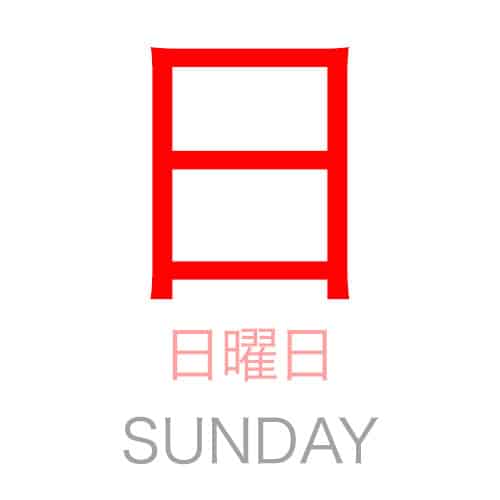
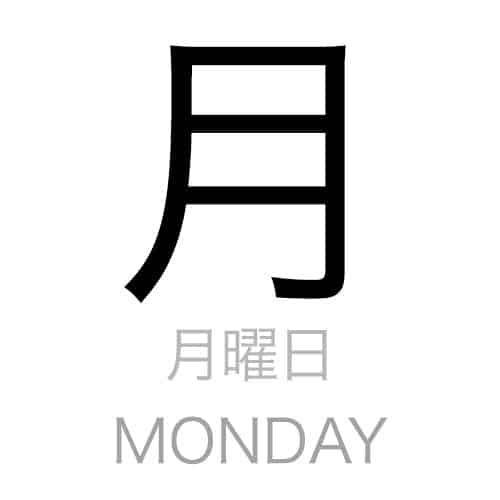
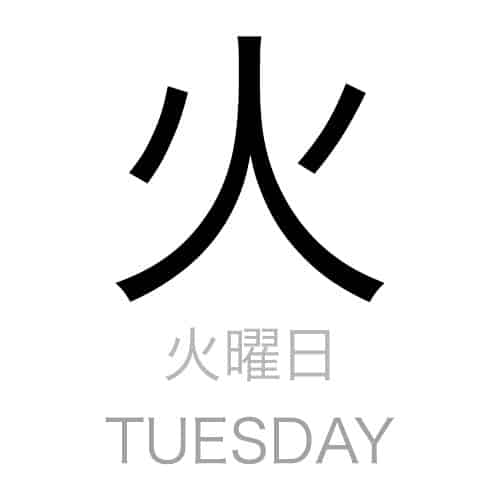
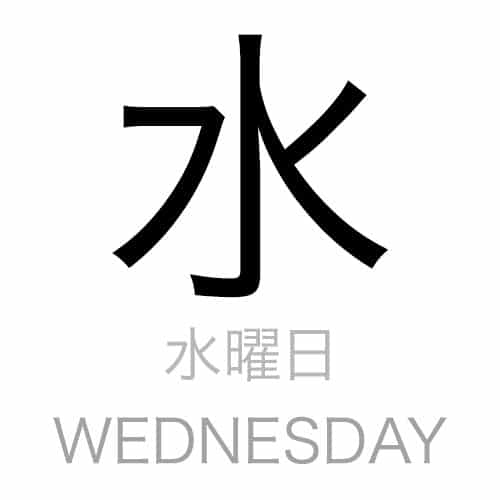
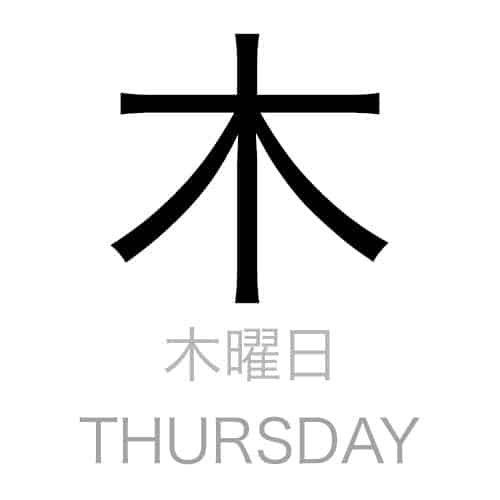
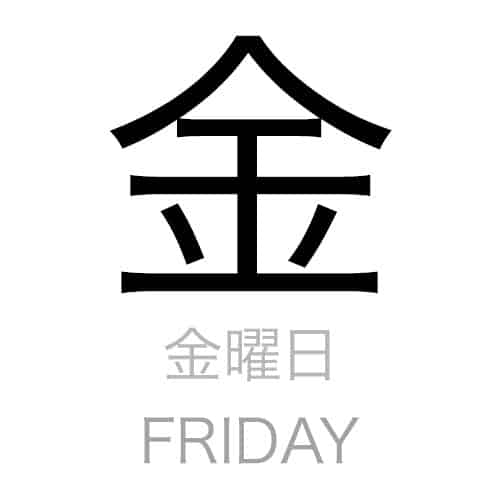
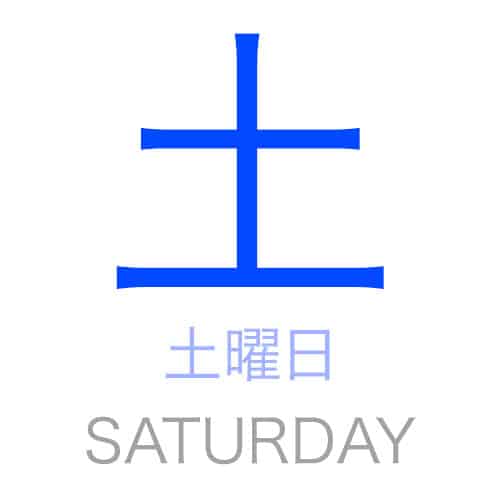
My favorite part about some Seiko DAY-OF-WEEK wheels is that they might be printed in multiple colors. Obviously, this takes more effort on Seiko’s part, but it allows the watch wearer to quickly discern the start of the week with the end of the week. From what I have read, Sunday is considered the first day of the week in Japan. That would mean Saturday is the end of the week. If you are in the United States, you could just consider the red and blue DAY-OF-WEEKs as a reminder that it’s the weekend!. If you are like me and live for Saturday and Sunday, then that should make you smile.
If your watch’s day-of-week wheel has different characters that do not match the Japanese symbols shown above, then it might be possible that you are looking at a DAY-OF-WEEK that uses numbers. Some people might consider this a Chinese DAY-OF-WEEK wheel because they indicate the day of the week with a number symbol. However, I found some Japanese clocks that use the same symbols so I honestly don’t know. Chinese and Japanese numbers look the same to me, but to be honest, this is easily getting beyond any solid level of expertise for me so check other sources and don’t take this as the gospel. So there you have a quick and dirty guide to set your watch in Japanese kanji. Enjoy!
Days of the Week in Numeric Style (Chinese)



